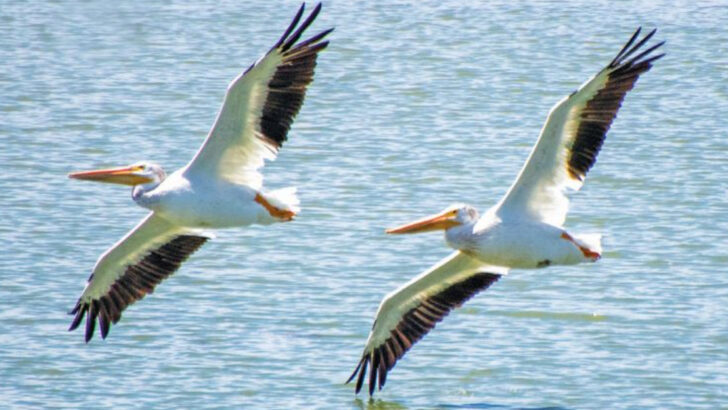They were gone. Or nearly gone. But now, they’re coming back. Across the Great Lakes, animals once pushed to the edge are reclaiming their place. Rivers that once ran dark now shimmer with sturgeon. Forests echo with the call of eagles and loons. Wetlands ripple with the silent glide of otters. This isn’t just a nice surprise—it’s a wild comeback story. A second chance, decades in the making. From apex predators to shy turtles, these 17 creatures are returning home. And they’re not just surviving—they’re thriving.
Bald Eagle
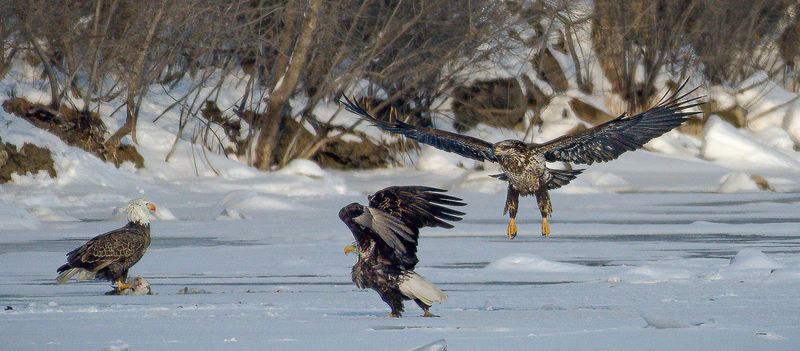
Once a symbol of declining wildlife, the Bald Eagle now soars majestically across every Great Lake state. Conservation efforts have revitalized these majestic birds, making sightings common along shorelines. This iconic bird of prey boasts a wingspan reaching up to seven feet, a sight that never fails to inspire awe.
During the 1970s, their populations plummeted due to pesticide exposure. However, with the banning of harmful chemicals like DDT, their numbers have rebounded. Now, these eagles nest in tall trees near lakes and rivers, where they skillfully hunt fish.
Their comeback represents a triumph for environmental protection.
Lake Sturgeon

The Lake Sturgeon, a prehistoric fish that once faced near extinction, is swimming back into the rivers of the Great Lakes. Known for their incredible longevity, some sturgeons live over 100 years and grow over six feet long. These gentle giants are now spotted in waterways like the St. Clair and Fox Rivers.
Intensive conservation efforts, including restocking and habitat protection, have helped their populations recover. Their unusual appearance, with bony plates and elongated snouts, makes them stand out among freshwater fish.
Their gradual resurgence symbolizes hope for aquatic biodiversity.
Piping Plover
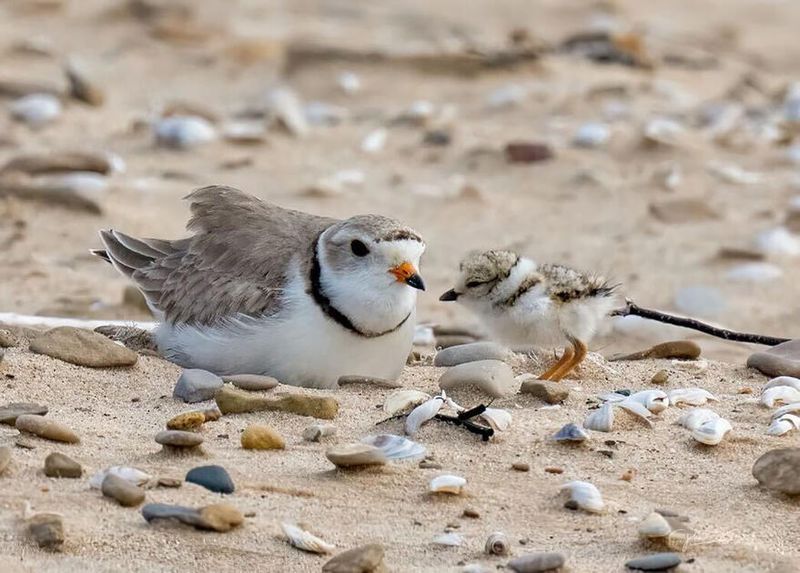
The Piping Plover, a small and charming shorebird, is once again nesting on the sandy beaches of Michigan and Wisconsin. Recognizable by their pale plumage and melodious whistles, these birds are a joy to behold. They rely on undisturbed beaches for their nesting sites.
Efforts to protect their habitats have been crucial for their return. Conservationists fence off nesting areas to shield them from disturbances.
Their presence on the shores is a testament to successful habitat preservation. Each tiny footprint in the sand marks a step forward in avian conservation.
Gray Wolf
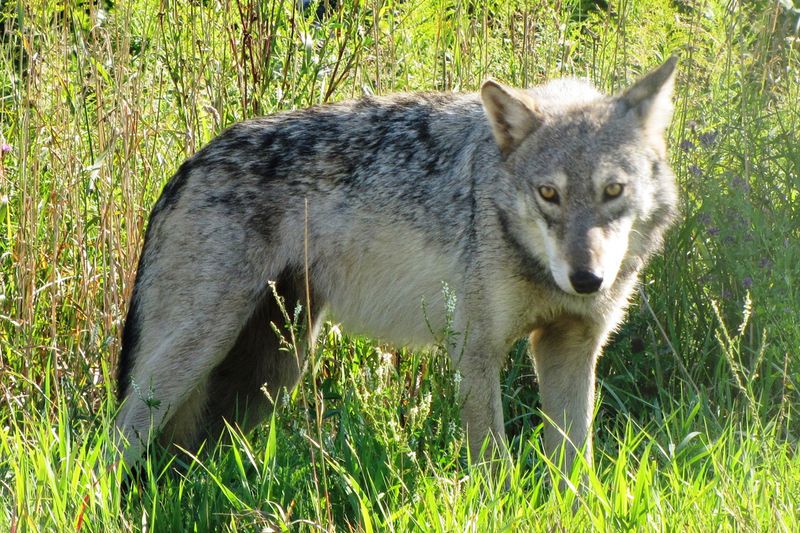
Amidst the snowy landscapes of Minnesota’s forests, the haunting call of the Gray Wolf once again echoes. After decades of absence, these intelligent pack animals have returned to parts of Michigan’s Upper Peninsula. Gray Wolves play a critical role as apex predators, maintaining the balance in their ecosystems.
Conservation legislation and public awareness have helped their numbers rebound. Once misunderstood and hunted to near extinction, they now symbolize resilience and ecological balance.
Their comeback story is a captivating reminder of nature’s ability to heal when given the chance.
Sandhill Crane
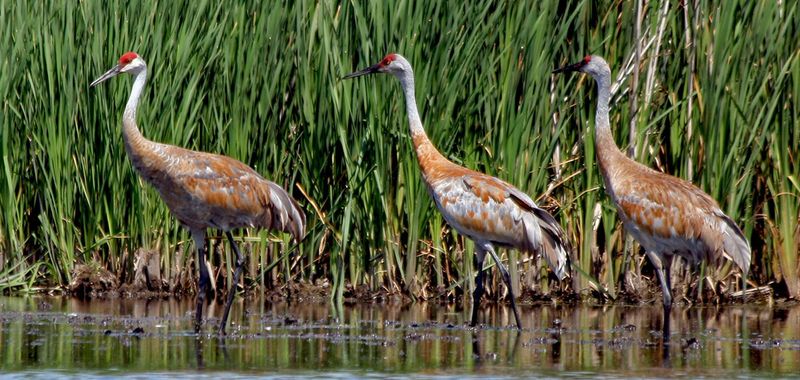
In the early morning light, the haunting calls of Sandhill Cranes resonate across restored wetlands. These elegant birds, with their long necks and distinctive red crowns, have made a remarkable recovery. Once threatened by habitat loss, they are now thriving across the Great Lakes region.
Conservation efforts have restored their marshy habitats, allowing these cranes to flourish. As they dance in courtship displays, their presence enriches the biodiversity of these wetlands.
Their successful return is a symbol of what determined conservation can achieve, enhancing both ecosystems and human enjoyment.
Beaver
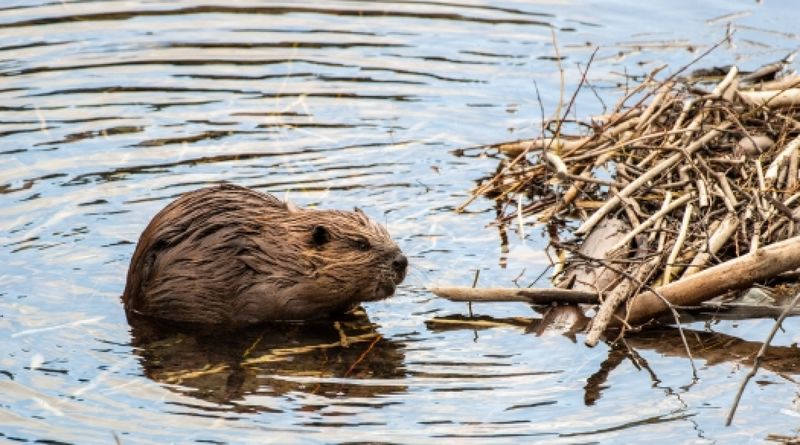
Nature’s diligent engineers, the Beavers, are once again busy constructing dams in streams and lakes across the region. Their return from near-extinction is a testament to their resilience and ability to adapt. Beavers play a crucial role in creating wetland habitats, benefiting countless other species.
Their dams slow water flow, reduce erosion, and improve water quality. Through their industrious nature, they transform landscapes, fostering biodiversity.
As beavers thrive, they underscore the significance of habitat restoration and species protection, making them a keystone species in ecosystem recovery.
Trumpeter Swan
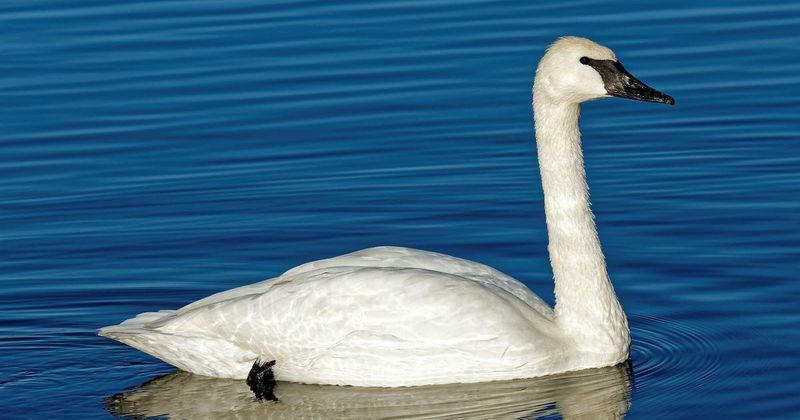
The Trumpeter Swan, North America’s largest waterfowl, is gracefully reclaiming its place in the marshes of the Great Lakes region. Once extirpated, these majestic birds are now seen gliding on serene waters. Their haunting calls fill the air, a sound once silenced by overhunting.
Thanks to reintroduction programs and habitat protection, their populations are steadily increasing. These swans are symbols of elegance and conservation success.
Their presence on the water is a heartening sight, reflecting the triumph of dedicated efforts to restore native wildlife.
River Otter
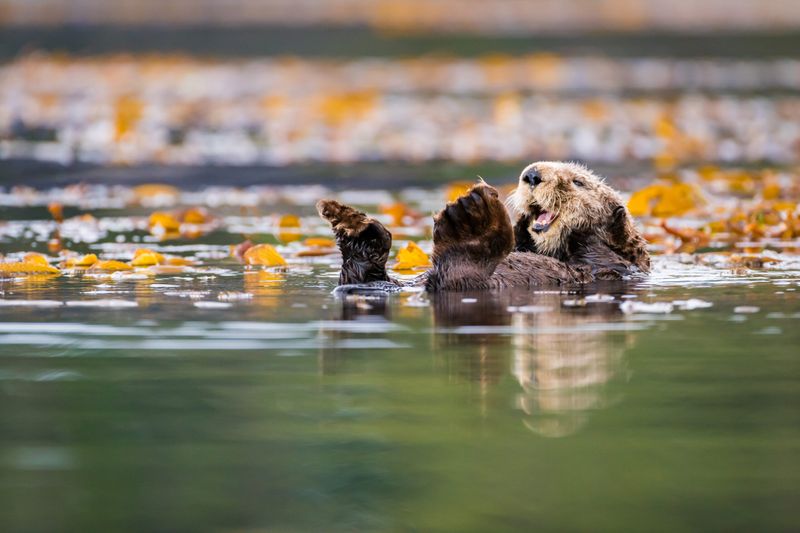
The playful antics of River Otters are once again a common sight in the waterways of the Great Lakes. These elusive creatures, known for their agility and sociable nature, are recovering from years of decline. River Otters indicate healthy aquatic ecosystems due to their sensitivity to pollution.
Conservation measures, including improved water quality and habitat restoration, have facilitated their return. Otters are adept hunters, thriving in balanced environments.
Their lively presence and playful demeanor bring joy to observers, underscoring the importance of maintaining clean, protected waterways.
Lake Trout
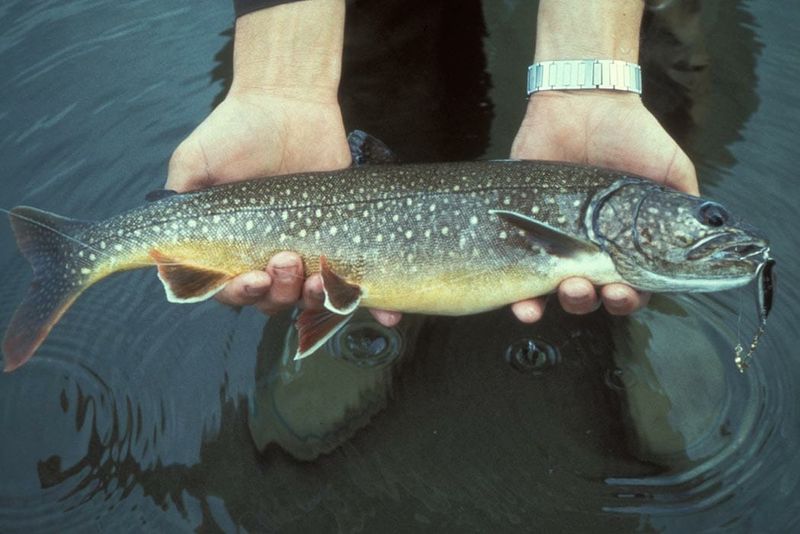
Deep within the clear waters of Lake Superior and Lake Huron, the native Lake Trout is staging a comeback. These fish, essential to the lake ecosystem, suffered from overfishing and invasive species. Thanks to stocking efforts and lamprey control, their populations are rebounding.
Lake Trout are top predators in their habitat, maintaining fish community balance. Their recovery is crucial for the ecological health of the Great Lakes.
As these trout thrive, they signify the success of targeted conservation strategies and the resilience of native species when given a chance.
Eastern Bluebird
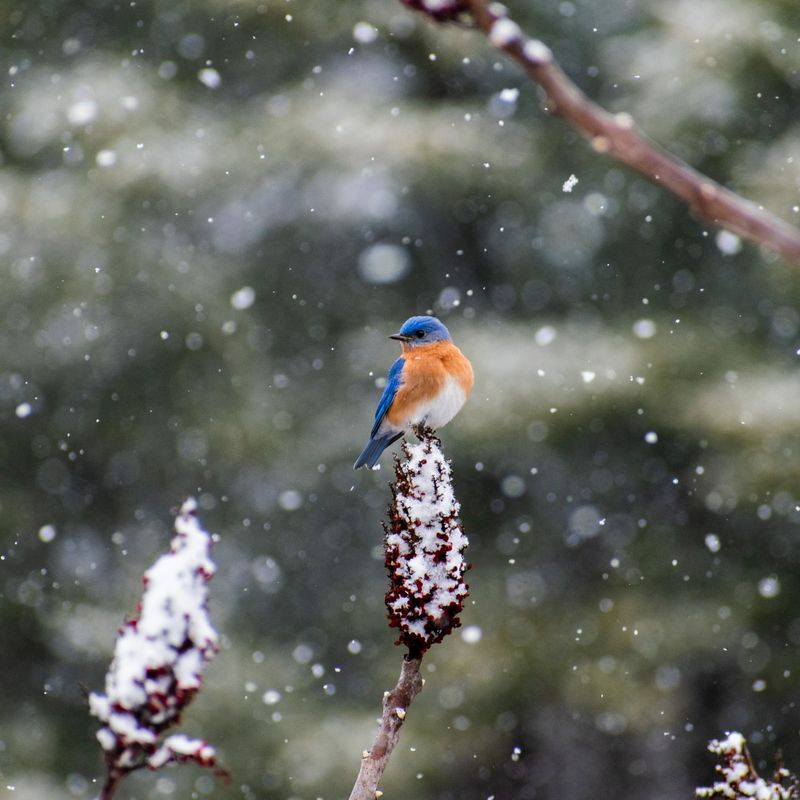
Once a rare sight, the Eastern Bluebird now delights many with its vibrant plumage and cheerful song in open fields and backyards. These charming birds are making a heartwarming recovery thanks to nest box campaigns and habitat restoration.
Eastern Bluebirds require open areas with scattered trees and short vegetation to thrive. Their nesting success has improved with the provision of artificial nest boxes.
Their resurgence is a testament to community-led conservation efforts, highlighting the powerful impact of grassroots initiatives on wildlife recovery.
American Marten
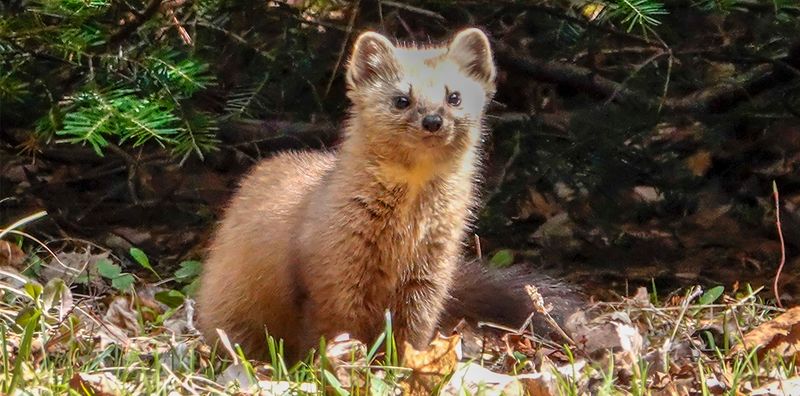
Elusive and curious, the American Marten is making a quiet return to the forests of Michigan and Wisconsin. These agile predators are essential for maintaining the health of their forest habitats. Once depleted due to logging and habitat loss, their populations are now being reintroduced.
American Martens depend on old-growth forests, where they hunt small mammals and birds. Their presence indicates a balanced ecosystem.
Their gradual reappearance is a testament to successful reintroduction programs and the importance of preserving forest habitats for future generations.
Moose
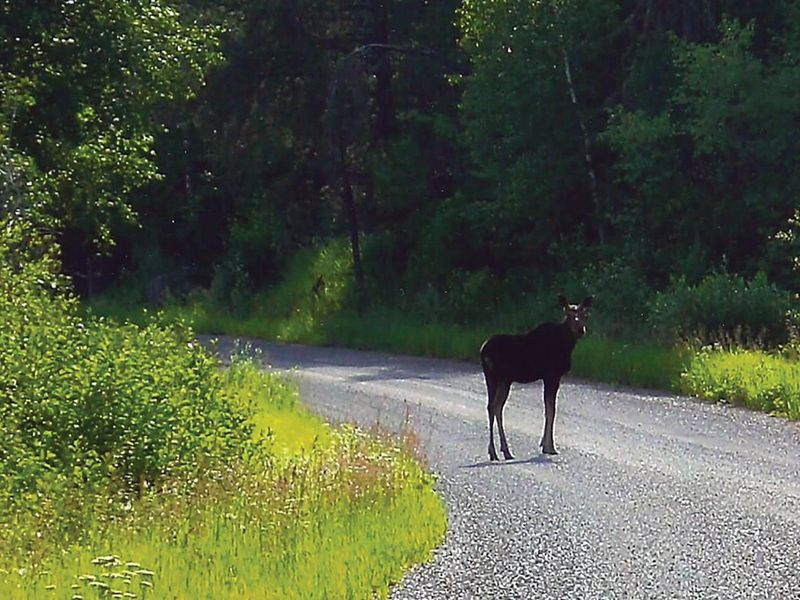
In the misty forests of northern Minnesota and the Upper Peninsula of Michigan, the Moose is making a slow but steady return. These gentle giants are iconic symbols of the northern wilderness. Moose populations suffered from habitat loss and climate changes but conservation efforts are aiding their recovery.
Moose require vast tracts of forest with abundant food sources like willow and aspen. Their presence supports biodiversity as they create openings in the forest canopy.
Their comeback story is a reminder of the delicate balance required to sustain large mammal populations in changing environments.
Osprey
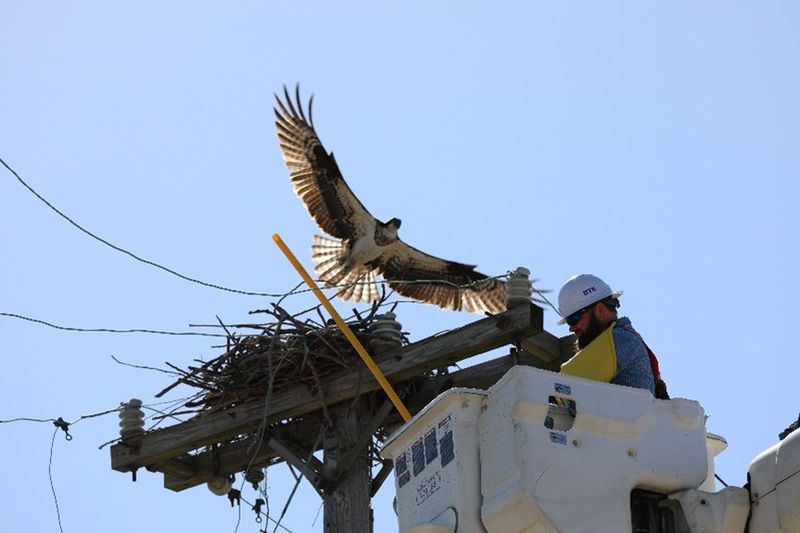
With keen eyes and powerful talons, the Osprey has returned to nest on man-made platforms across the Great Lakes region. These fish-hunting birds once faced population declines due to pollution and habitat loss. Now, they are thriving thanks to cleaner waterways and nesting supports.
Ospreys are skilled hunters, diving into lakes to catch fish with precision. Their recovery is a triumph of environmental stewardship and collaborative conservation.
Seeing an Osprey soaring above the lakes is a powerful symbol of successful efforts to protect and nurture endangered species.
Blanding’s Turtle
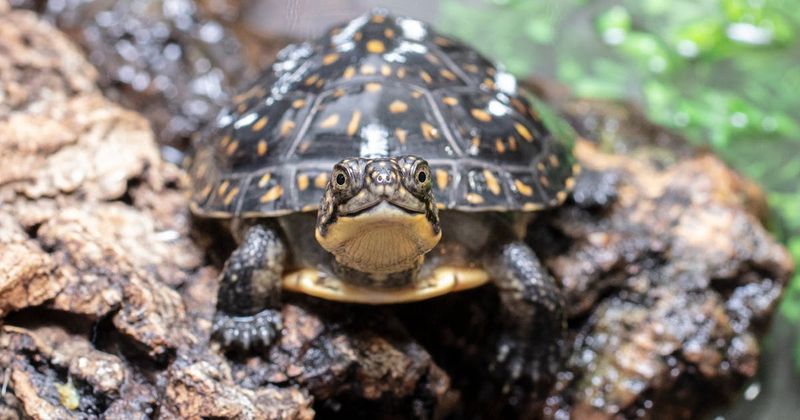
With its distinctive yellow throat, the Blanding’s Turtle is making progress through wetland restoration efforts. Once threatened by habitat destruction, this semi-aquatic turtle is now benefiting from improved wetland habitats across the Great Lakes region.
Blanding’s Turtles thrive in clean, shallow waters where they can bask and forage. Conservation efforts focus on protecting wetlands and reducing road mortality.
Their gradual recovery is a testament to the importance of habitat preservation and thoughtful conservation planning in ensuring the survival of threatened species.
Common Loon
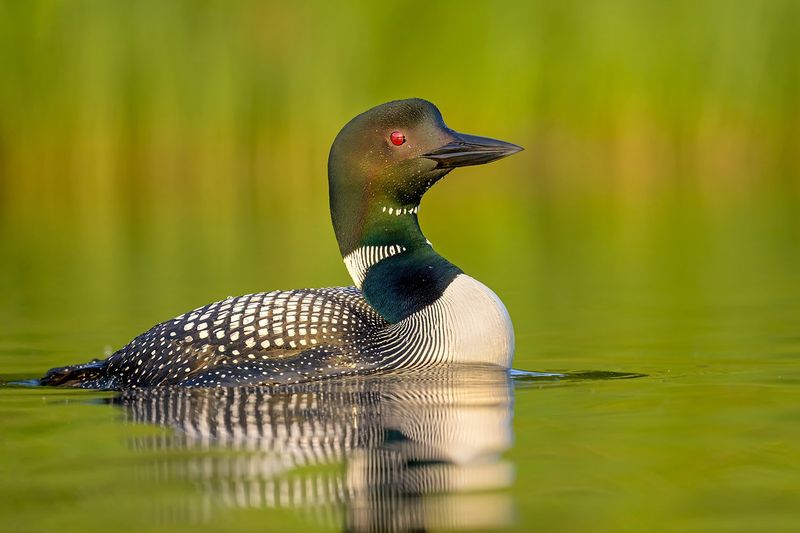
The haunting calls of the Common Loon are once again echoing over the quiet inland lakes of Michigan and Minnesota. These striking birds, known for their eerie vocalizations, are making a comeback thanks to habitat protection and cleaner lakes.
Common Loons require pristine lakes with abundant fish populations for survival. Conservation efforts focus on reducing pollution and conserving lake habitats.
Their presence is a serene reminder of the wild beauty of the northern lakes, symbolizing the success of efforts to safeguard aquatic ecosystems.
Bobcat
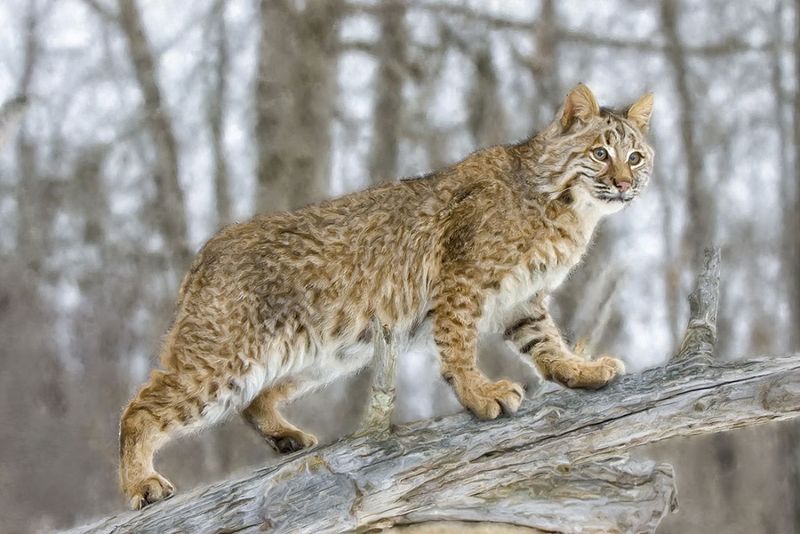
Silent and elusive, the Bobcat is making a quiet but steady return to the forested regions of the Great Lakes. These solitary hunters are vital for controlling rodent populations and maintaining ecological balance. Once reduced by habitat loss, they are now reclaiming their territories.
Bobcats thrive in diverse habitats, from dense forests to swamps. Their adaptability and secretive nature make them difficult to spot, adding to their mystique.
Their reappearance is a testament to the resilience of wildlife and the positive impact of habitat protection.
White Pelican
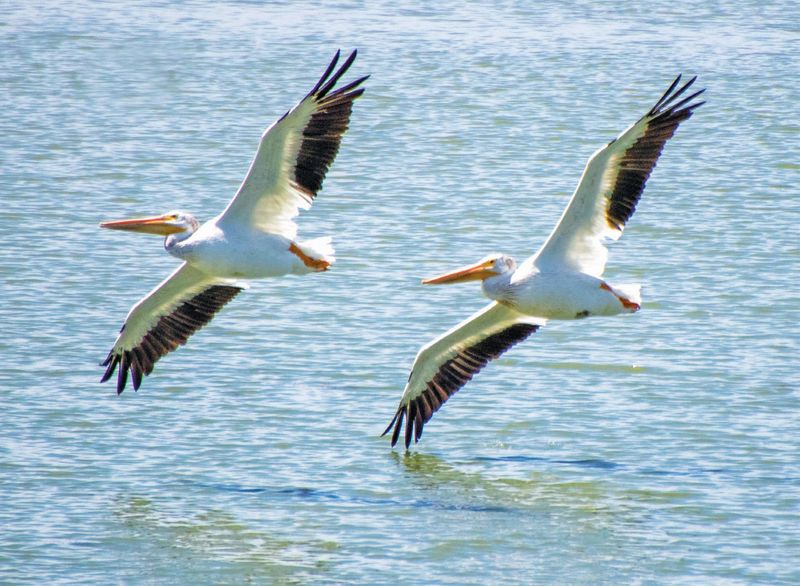
Gracefully soaring above the islands and coasts of western Lake Superior and Lake Michigan, the White Pelican is no longer a rare sight. These large birds, with their distinctive wings and impressive flight formations, are making a comeback after facing habitat challenges.
White Pelicans breed on isolated islands, safe from predators, and rely on healthy aquatic ecosystems. Conservation efforts have improved their breeding and feeding habitats.
Their return is a captivating spectacle, highlighting the success of dedicated efforts to revive and protect avian species in the region.

